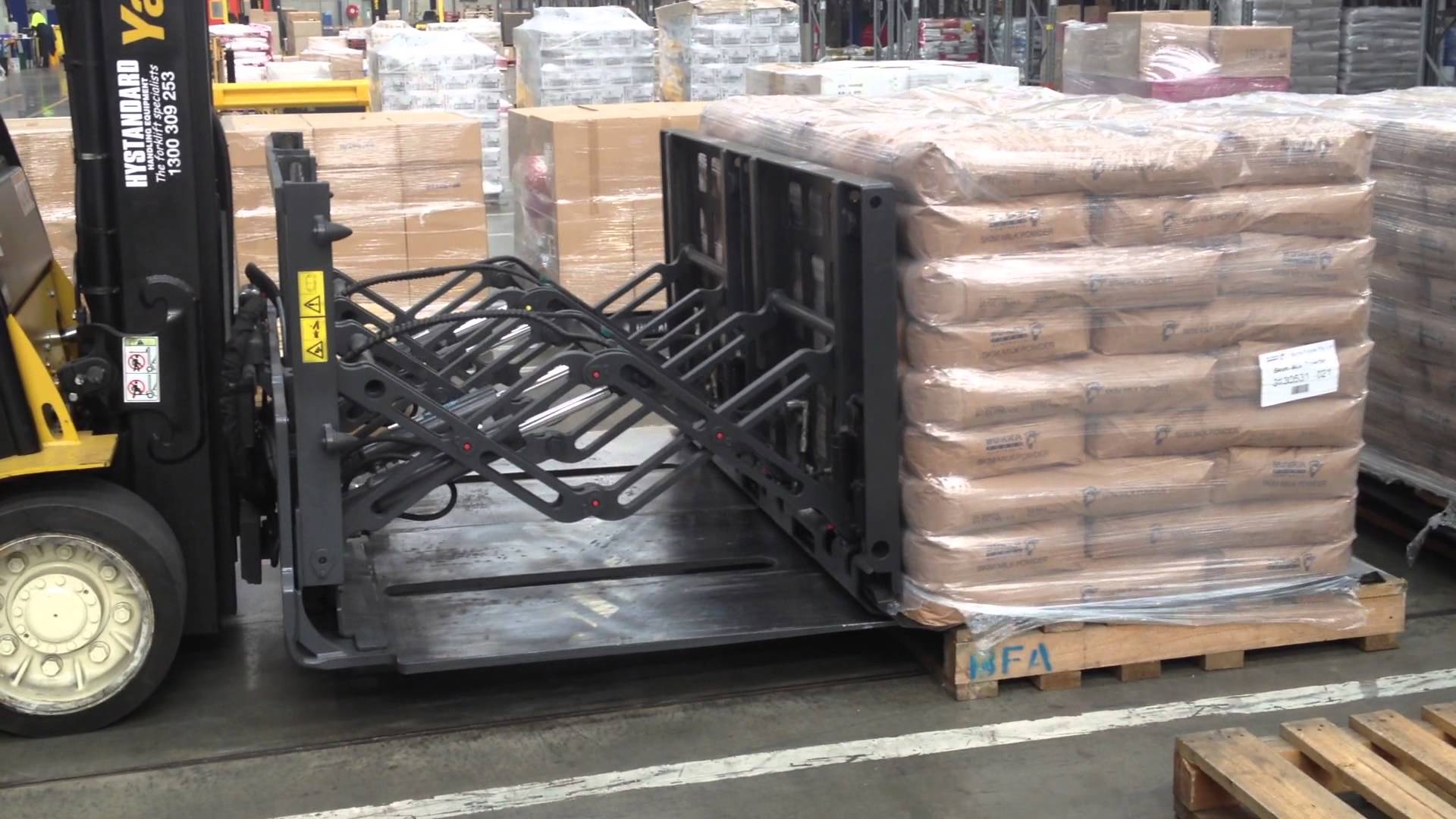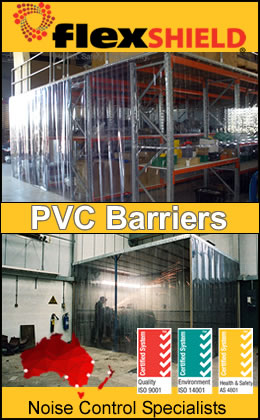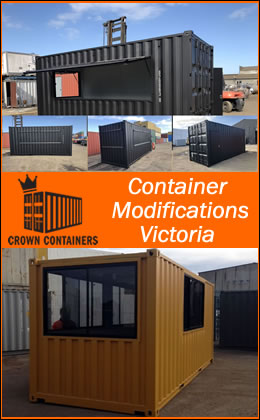Plastic Slip Sheeting
Case Study: A Retailer’s Perspective on Plastic Slip Sheeting
Slip Sheets Replacing Pallets at Home Depot
Home Depot opened its doors for business in 1978. Now with 423 stores, the Atlanta-based firm is the largest home improvement retailer in the U.S. In early 1995, Home Depot took a bold step by requiring its vendors to ship products to Home Depot stores on slip sheets instead of wood pallets. This move offered multiple environmental and economic benefits: Home Depot now has fewer wood pallets to dispose of, while vendors benefit from the long-term economic savings that result from using less expensive slip sheets to unitize their loads and from the reduced freight of palletless shipping. After the first year of the slip sheet program, many in the retail industry watch from the sidelines. Will Home Depot’s bold move to help the environment and improve transport packaging work?
Plastic Slip Sheet Basics
Plastic slip sheets are sheets of thick plastic with a 3-6 inch lip (referred to as a pull tab) on one or more sides that are handled using specialized push/pull attachments mounted on fork lifts. This attachment costs about $9,000. As slip sheets are more challenging to handle than wood pallets, some employee training is inevitably required when making the conversion. However, many benefits result from their relative low cost, lightness, and size. Slip sheets cost about 85 percent less than wood pallets, less space is needed for storage and in transport, and the lightness reduces transportation costs. Also, plastic slip sheets are recyclable in a closed-loop system, where old slip sheets can be recycled into new ones.
Before Slip Sheets
Before Home Depot adopted its slip sheet policy, more than 40 percent of incoming shipments came on wood pallets. In January 1995, the mandatory slip sheet policy officially took affect. Some vendors are exempt from the requirement because their products are too heavy, awkward, or are hand-loaded (e.g., doors and windows). Lee Bandlow, logistics manager overseeing the slip sheet program, estimates that about 55 percent of Home Depot shipments could be slip sheeted.
One year later, Home Depot estimates that its supply chain, including participating vendors, has saved more than $2 million on the program. In addition, Home Depot’s pallet expense is down $660,000 and the retailer has eliminated more than 1.8 million pallets from entering its stores. In total, some 15 million board feet of lumber have been saved from entering the waste stream. Additionally there are reduced air emissions from greater transport efficiency as slip sheets take up less space in trucks than bulky wood pallets.
Home Depot readily admits it still has a way to go before the slip sheet program is fully implemented and continues to work with vendors to help them make the transition to plastic slip sheets. Consequently, it still has to manage a great number of wood pallets. At most locations, Home Depot is able to find someone who will take all their wood pallets at no charge. These firms repair and reuse salvageable ones and chip the leftovers for mulch.
Using Slip Sheets in Distribution Centers and Stores
Home Depot leases push/pull attachments that fit onto forklifts for each of its stores and several for each distribution center. Employees must learn how to operate the equipment. To be fully proficient in the use of this new equipment often takes two to three months of on-the-job experience. Slip sheets work best for merchandise with a heavy uniform case pack, products which “cube out nicely,” according to Bandlow. They have been used successfully in the food and beverage industry for more than two decades.
Savings or Costs to Home Depot
- avoided disposal costs: $760,000
- reduction in pallet purchases: $660,000
- handling costs: no data
- labor hours: no data
- leasing push/pull attachments: $2,000,000/year (cost is not entirely attributable to slip sheeting as they are used for handling wood pallets too.)
- freight: reduced $2.4 million (part of supply chain impact, includes savings to vendors who save on shipping expenses)
- tracking/administration: no data
- payback period analysis: no data
- savings to vendors: (see freight savings)
Environmental Benefits
- tons of wood waste avoided: 40 lbs. x 1.8 million = 36,000 tons of wood
- fuel/transport reductions: no data
- Payback Period Analysis. The savings on pallet purchases paid for the new equipment fixed costs in less than three months.
- Savings to Shipper. Unknown, but shipper should benefit from fuel savings that result from not having to ship heavy pallets.
- Savings to Recipient/Customer. Home Depot saves by not disposing or managing 66,000 incoming wood pallets for recycling. Slip sheets are much easier to manage because they are light and compact.
Environmental Impacts
- reduction in wood use: saves about 1,089 tons of wood annually with the potential for more if slip sheeting is used for products shipped to other retailers
- disposal reductions: fewer wood pallets to dispose of or otherwise manage, slip sheets are recycled by customer (Home Depot).
- fuel/transport reduction: reduces fuel emissions as the slip sheets are lighter to transport than wood pallets; also fuel is saved as a result of transporting one truckload of slip sheets for every 25 truckloads of pallets.
Thanks to: (http://www.ciwmb.ca.gov/Packaging/CaseStudies/HomeDepot.htm)



